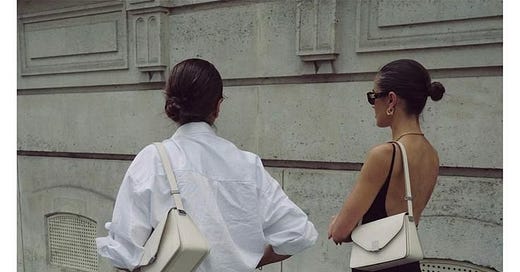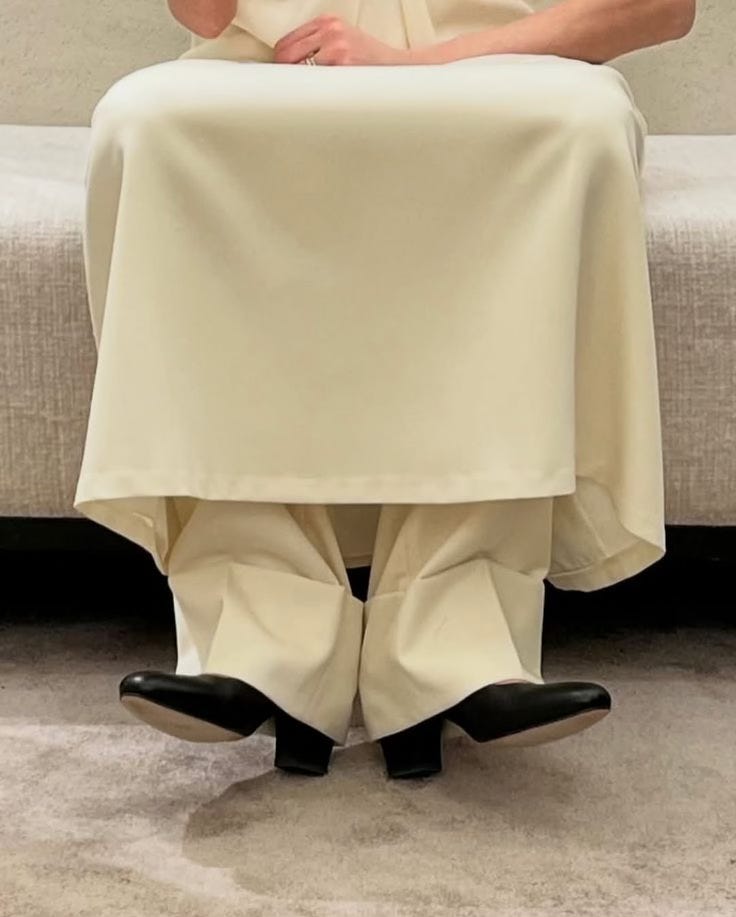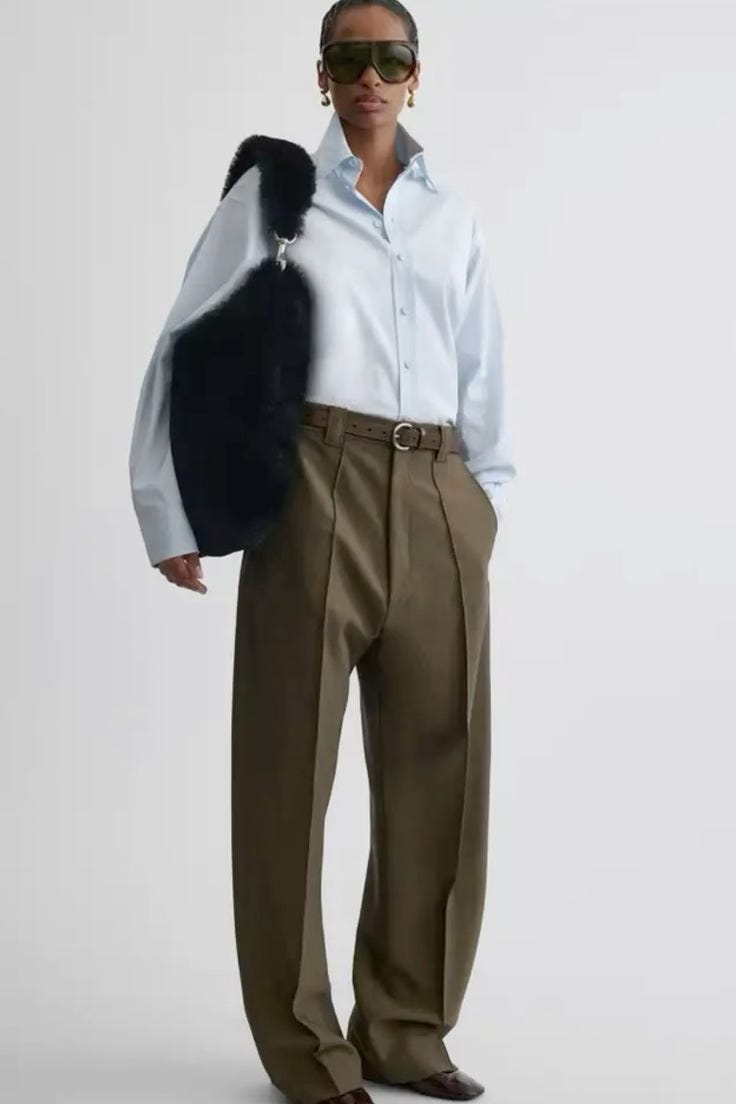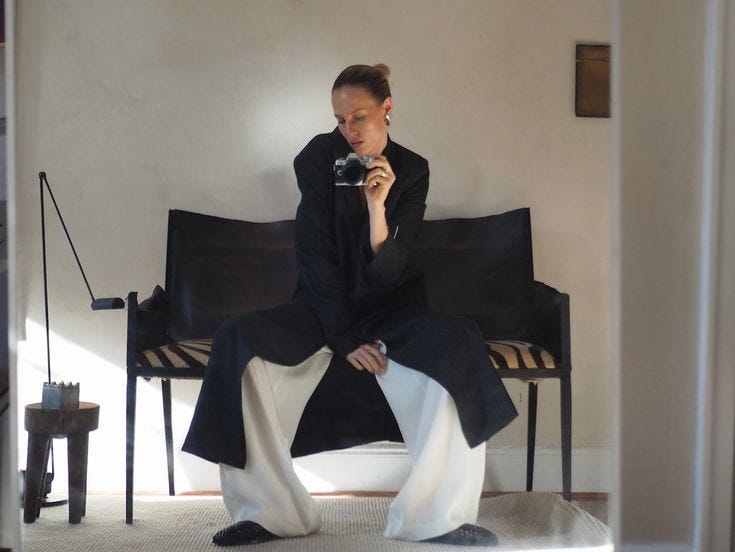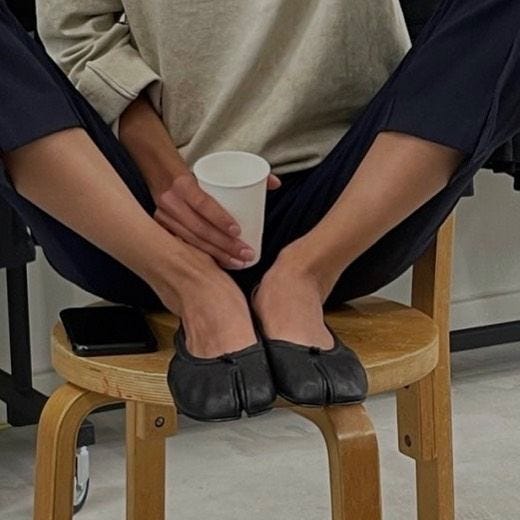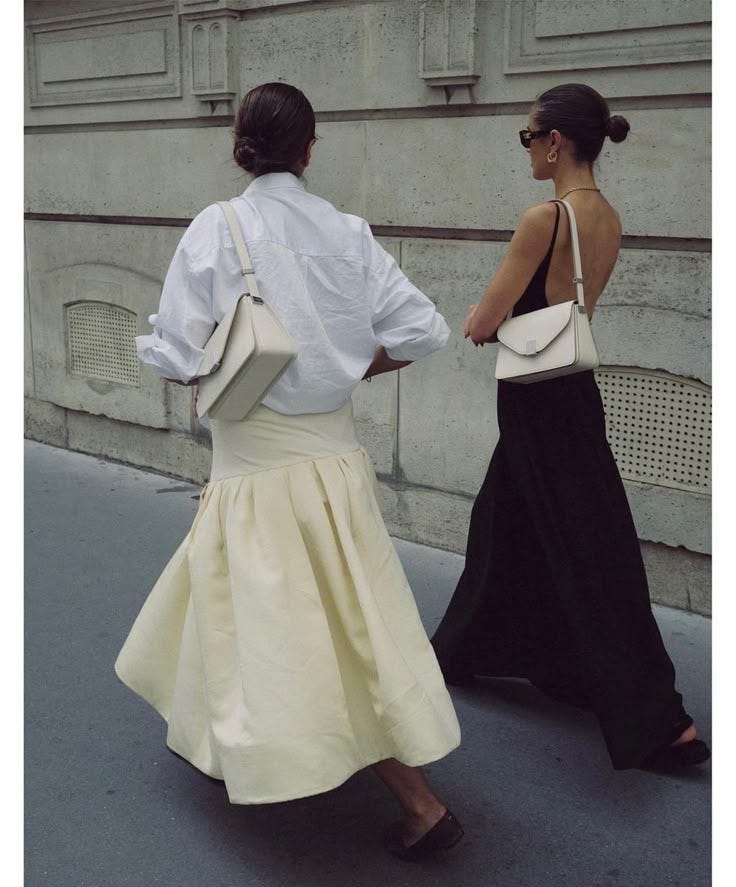Let’s be honest—there was a time when many of us dressed with one question in mind: Will they (read: men) think I look good? But the fashion tides have turned. These days, that question has evolved into something more layered, more empowering, and a lot more fun: How do I want to feel? What will make other women nod in silent appreciation?Welcome to the era of dressing for the female gaze.
In a world historically shaped by the male gaze—a lens through which women's appearance and behavior are filtered to appeal to heterosexual male desire—a quiet but powerful shift is taking place. Women are increasingly dressing not for men, but for themselves and each other. This transformation isn't just a cultural trend; it's rooted in style psychology, self-expression, and the complex dynamics of gendered perception. Dressing for the female gaze is an act of reclaiming identity, community, and authenticity.
The “female gaze” is a fashion mindset that’s changing how we express ourselves. It’s thoughtful, detailed, emotionally rich—and it's reshaping what getting dressed in the morning really means.
The Psychology Behind Dressing
At its core, how we dress is a reflection of how we want to be perceived. Psychologists have long studied the phenomenon of enclothed cognition, which suggests that the clothes we wear influence not only how others see us but also how we see ourselves. Fashion, then, becomes a psychological tool—one that communicates mood, status, intention, and identity.
For women, this communication has often been mediated by patriarchal expectations. The tight dress, the stiletto heels, the smoky eyes—these elements were once considered symbols of desirability, tailored to attract male attention. But increasingly, women are choosing styles that may be less overtly sexual and more creative, bold, eccentric, or comfortable—not because they are less confident, but because they are redefining what confidence looks like. This shift suggests that the motivations behind dressing are evolving—and the female gaze is central to that evolution.
When we dress for the female gaze, we’re not chasing validation in the form of catcalls or double takes. Instead, we’re chasing connection, expression, and, let’s face it, those rare but golden moments when a woman walks past you and says, “I love your style.”
So, What Is the Female Gaze?
It’s not just the opposite of the male gaze—it’s a whole different lens. The female gaze is empathetic, layered, and often more about storytelling than seduction. It finds beauty in detail: mismatched prints, thrifted treasures, pops of color, lived-in denim, a perfectly imperfect bun. It’s expressive. It’s personal. It’s often a love letter to yourself or a wink to fellow women who “get it.”
Unlike dressing for the male gaze—which often prioritizes tight silhouettes, high heels, and smooth lines—the female gaze is more likely to celebrate individuality, comfort, confidence, and cool quirks. Think oversized jackets, clashing patterns, functional footwear, or makeup that’s more art than enhancement.
Fashion as Female Solidarity
Social psychology reveals that people often seek validation from those within their social group. For women, this can translate into fashion choices that resonate more with their peers than with potential romantic partners. Compliments from other women—“I love your outfit!” or “Where did you get that jacket?”—often feel more affirming because they reflect a shared language of aesthetic and cultural understanding.
In this way, fashion becomes a form of female solidarity. Dressing for the female gaze is not just about impressing others—it’s about being seen and understood in a world where visibility has been historically distorted. This shift also allows for inclusivity and body neutrality, embracing a wider spectrum of beauty and expression beyond rigid, male-defined ideals.
Social Media and the Rise of the Female Gaze
Platforms like Instagram, TikTok, and Pinterest have amplified the female gaze. Women style themselves not for approval from men, but for creative expression, inspiration, and digital storytelling. Trends like the “clean girl,” “eclectic grandpa,” or “cottagecore” aesthetics are not driven by what men find attractive but by how women explore identity, subculture, and emotion.
In this realm, style becomes a mood board, not a mating call. Algorithms may have their flaws, but they have also given rise to micro-communities where women uplift each other through visuals, tutorials, and authenticity. The female gaze, when democratized online, becomes a tool of empowerment.
Confidence, Redefined
Here’s the thing: dressing for the female gaze doesn’t mean you stop wanting to feel attractive. It just means you’ve redefined what attractive means. It’s not always bodycon dresses and smoky eyes. It can be a linen two-piece, a bold lip with no other makeup, a pair of funky loafers, or even your dad’s old flannel.
It’s about authenticity over objectification—about dressing in a way that feels powerful, playful, or poetic. Whatever your vibe is, the female gaze says: You don’t have to be seen to be validated—you just have to be yourself.
Final Thought: Dressing as Empowerment
Fashion is no longer a monologue. It’s a conversation—between women, between generations, between aesthetics. Dressing for the female gaze isn’t about being seen in the conventional sense. It’s about being read, interpreted, even decoded.
In this way, the act of getting dressed becomes intimate, intelligent, and alive. It’s not just personal style—it’s interpersonal style.
Enjoy
xx

